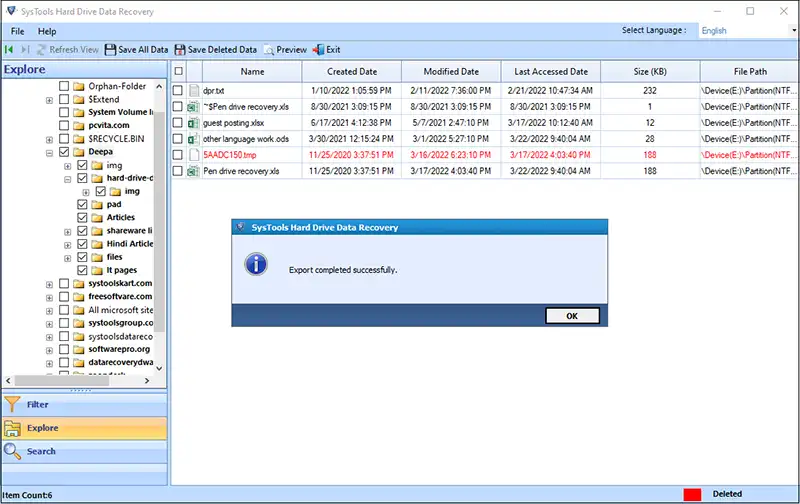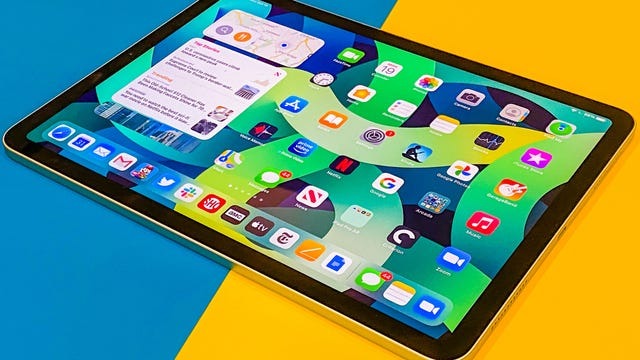In the ever-evolving landscape of retail, one constant holds true: location matters. Choosing the right location for a retail business can make the difference between soaring success and struggling to survive. Retail location analysis, once a straightforward process, has now transformed into a dynamic and data-driven endeavor that leverages the power of technology, consumer behavior insights, and strategic planning. In this 2000-word blog, we’ll explore the dynamic role of retail location analysis, shedding light on its evolution, methodologies, and the impact of digital innovation.
The Evolution of Retail Location Analysis
Retail location analysis has come a long way from its roots as a largely manual and empirical process. Historically, retailers relied on intuition and local market knowledge to select store locations. While some of this expertise remains valuable, it’s no longer sufficient in the modern retail landscape.
Traditional Methods
In the past, location analysis primarily involved considering factors like:
1. Foot Traffic: Assessing the volume of potential customers passing by a location. 2. Demographics: Studying the local population’s age, income, and preferences. 3. Competition: Evaluating the proximity and strength of competitors. 4. Accessibility: Ensuring ease of access for customers, suppliers, and employees. 5. Local Knowledge: Drawing on the experience and insights of local experts.
While these traditional methods provided a starting point, they had limitations. They relied heavily on subjective judgment and lacked the depth of data and precision that modern retailers demand.
The Data-Driven Revolution
The advent of technology and data-driven decision-making has revolutionized retail location analysis. Geographic Information Systems (GIS), big data analytics, and advanced spatial mapping tools have become critical components of the process.
The modern approach incorporates a much broader set of variables, such as:
1. Geospatial Data: This includes information on terrain, traffic patterns, and natural features that can affect store access and visibility. 2. Consumer Behavior: Data on shopping patterns, purchase history, and mobile device usage provide insights into customer preferences and movements. 3. Market Potential: Retailers now use predictive modeling to estimate a location’s market potential, incorporating factors like population growth, employment rates, and disposable income. 4. Weather and Seasonal Data: Understanding how weather patterns and seasons impact shopping habits helps retailers optimize inventory and marketing strategies. 5. Competitive Intelligence: Tools for monitoring competitors’ performance and locations are now integral to the analysis.
The data-driven revolution has enabled retailers to approach location analysis with scientific precision. They can model scenarios, make data-backed predictions, and continuously refine strategies based on real-time information.
Methodologies in Modern Retail Location Analysis
The dynamic role of retail location analysis relies on various methodologies that align with data-driven decision-making. Here are some key approaches:
1. Geospatial Analysis
Geospatial analysis uses geographic data to understand how physical locations impact retail success. It considers factors like proximity to main roads, highways, public transportation, and the overall layout of a location. GIS tools and mapping software play a significant role in geospatial analysis.
2. Customer Segmentation
Understanding the demographics and preferences of potential customers in a given area is crucial. Retailers use customer data to identify their target audience and analyze how well a location aligns with this customer base. This includes factors like age, income, lifestyle, and shopping habits.
3. Market Potential Analysis
Market potential analysis assesses the growth prospects of a specific location. It involves gathering data on population trends, income levels, employment rates, and other economic indicators. By estimating market potential, retailers can gauge the revenue-generating capacity of a location.
4. Predictive Modeling
Predictive modeling uses historical data and statistical algorithms to make predictions about a location’s performance. Retailers can forecast foot traffic, sales, and market share, enabling them to choose locations that align with their strategic goals.
5. Competitive Analysis
Retailers closely monitor competitors, analyzing their locations, market share, and performance. This analysis provides valuable insights into where to position a new store for the best competitive advantage.
The Impact of Digital Innovation
The dynamic role of retail location analysis is amplified by digital innovation. Here are some ways technology has transformed the field:
1. Mobile Data
The ubiquity of mobile devices has provided a wealth of data on consumer movements. Retailers can access data on where people go, how long they stay, and what routes they take. This information is invaluable for understanding consumer behavior.
2. Big Data and Machine Learning
Retailers now process enormous volumes of data through big data analytics. Machine learning algorithms can identify patterns and relationships that were previously invisible, providing a deeper understanding of customer behavior and location dynamics.
3. Location-Based Marketing
Mobile technology has enabled location-based marketing, where retailers send targeted offers and promotions to customers based on their proximity to a store. This strategy can drive foot traffic and increase sales.
4. Real-Time Monitoring
Retailers can now monitor store performance in real-time. This includes tracking foot traffic, sales, and inventory levels. Real-time data allows for quick decision-making and the ability to adapt to changing conditions.
Success Stories in Retail Location Analysis
Several retailers have achieved remarkable success by embracing the dynamic role of retail location analysis. Here are a few notable examples:
1. Starbucks
Starbucks uses a comprehensive location analysis approach that includes geospatial data, demographic profiling, and competitive analysis. This strategy has allowed them to open thousands of stores worldwide, each strategically placed to maximize customer traffic.
2. Walmart
Walmart employs sophisticated market potential analysis to identify locations with strong growth prospects. They use data on population trends, economic indicators, and consumer behavior to make informed decisions about store locations and formats.
3. Amazon
Amazon’s data-driven approach to location analysis is particularly visible in their extensive network of distribution centers. They use location intelligence to optimize the placement of warehouses, ensuring efficient delivery and reduced shipping costs.
The Future of Retail Location Analysis
As technology and data analytics continue to advance, the future of retail location analysis holds exciting prospects:
1. Artificial Intelligence (AI)
AI will play a more significant role in location analysis, offering advanced predictive modeling and deep insights into consumer behavior.
2. Enhanced Mobile Data
The continued proliferation of mobile devices will provide retailers with even more detailed and real-time information about customer movements.
3. Virtual Reality (VR) and Augmented Reality (AR)
Retailers may use VR and AR to create immersive location-based shopping experiences, both in-store and online.
4. Sustainability Analysis
Retailers are increasingly incorporating sustainability factors into location analysis, considering eco-friendly options and assessing the environmental impact of their operations.
Conclusion
The dynamic role of retail location analysis has undergone a profound transformation, evolving from a manual process to a data-driven, technology-powered endeavor. As retailers leverage geospatial analysis, customer segmentation, market potential assessment, and predictive modeling, they’re able to make location decisions with scientific precision.
The impact of digital innovation, from mobile data to big data analytics, has further enhanced the field. Real-time monitoring, location-based marketing, and sophisticated competitive analysis have become standard practices for successful retailers.
Looking to the future, AI, enhanced mobile data, VR, and sustainability analysis will continue to shape the landscape of retail location analysis. Retailers that embrace these innovations and methodologies are poised to thrive in a dynamic and ever-changing market. Location remains a critical factor, but it’s the data-driven strategies that truly set the stage for retail success in the 21st century.





